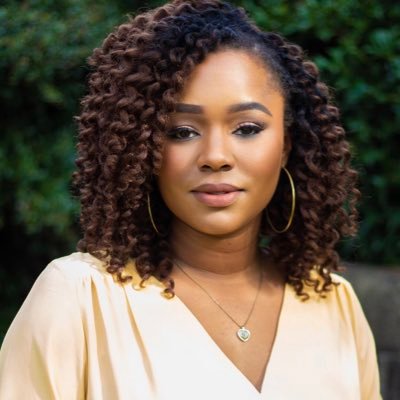
Last month, during the height of nationally-recognized Women’s History month, retail giant Walmart unveiled a campaign to celebrate women makers and businesses. Now, customers can shop products made by women-owned businesses donning Walmart’s newly designed “Women-Owned” logo on product packaging or in the category online.
The logo was produced in collaboration with Rouge24, a women-owned graphic design agency. The impetus behind the new labeling connects to Walmart’s initiative to provide economic opportunities for women around the world and to help women entrepreneurs succeed and grow.
In 2011, as part of its Global Women’s Economic Empowerment initiative, Walmart committed to sourcing $20 billion from women nationally and doubling what they source from women internationally by 2016.
“As the world’s largest retailer, we have the opportunity to use our scale, purchasing power and local presence to help others," said Kathleen McLaughlin, president of the Walmart Foundation and senior vice president of Walmart Sustainability, in a statement.
As an extension of this goal, the “Women-Owned” initiative will provide access to over 3,000 products in an online marketplace and within Walmart retail stores across the country.
To be eligible to participate in the new initiative and wear the new identifying logo, current and future Walmart businesses must be at least 51 percent woman owned. The vetting process includes verification from Walmart’s nonprofit partners the Women’s Business Enterprise National Council (WBENC) and WEConnect International.
During the March launch, six products were featured with the new logo, and were prominently displayed on the Walmart website. These brands included: Milo’s Tea, Jelmar CLR Remover, HMS Manufacturing Co. Hefty Wastebaskets, Goldbug Inc. Carter’s Newborn Shoes, Ariela and Associates Smart & Sexy Bra, and Ziegenfelder’s Budget Saver Pops.
According to WBENC, women-owned businesses contribute over $1.4 trillion to the U.S. economy, and women are responsible for more than 80 percent of consumer decisions made globally. The uptick in women-owned businesses is not surprising as this trend has been on the rise for the past two decades.
The National Women’s Business Council reports that women have been launching businesses at twice the rate of men and continue to produce major gains in employment and revenue.
In their white paper on this topic, NWBC highlights the following evidence to support the growth projections of women-owned businesses in the U.S. economy:
“The Guardian Small Business Research Institute projects that women-owned businesses will create 5 to 5.5 million new jobs by 2018 – more than half the 9.7 million new small business jobs expected to be created and about one-third of the 15.3 million total new jobs anticipated by the Bureau of Labor Statistics by 2018.”
By capitalizing on the trajectory of this segmented group of businesses owners, Walmart gains not only its bragging rights for goodwill practices among rising and established entrepreneurs, but also maximizes consumer recognition, loyalty and spending by highlighting these particular business’s products on the shelf.
From our understanding, the retailer’s Women-Owned marketplace is here to stay, with the badge growing in visibility across thousands of its products both in store and online.
“Through our sales, we can see trends showing that products from women-owned businesses outpace overall Walmart sales and are ahead of inventory,” Jenny Grieser, senior director of Walmart’s Global Women’s Economic Empowerment campaign, told BlackEnterprise.com. “This shows that our customers are eager to buy these products and that this initiative has helped in showcasing women-owned businesses.”

Sherrell Dorsey is a social impact storyteller, social entrepreneur and advocate for environmental, social and economic equity in underserved communities. Sherrell speaks and writes frequently on the topics of sustainability, technology, and digital inclusion.














